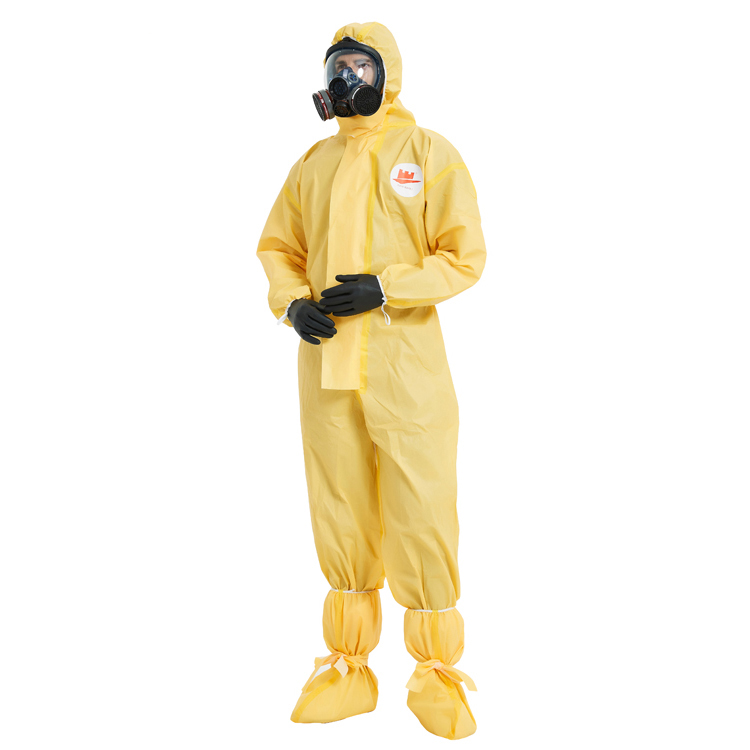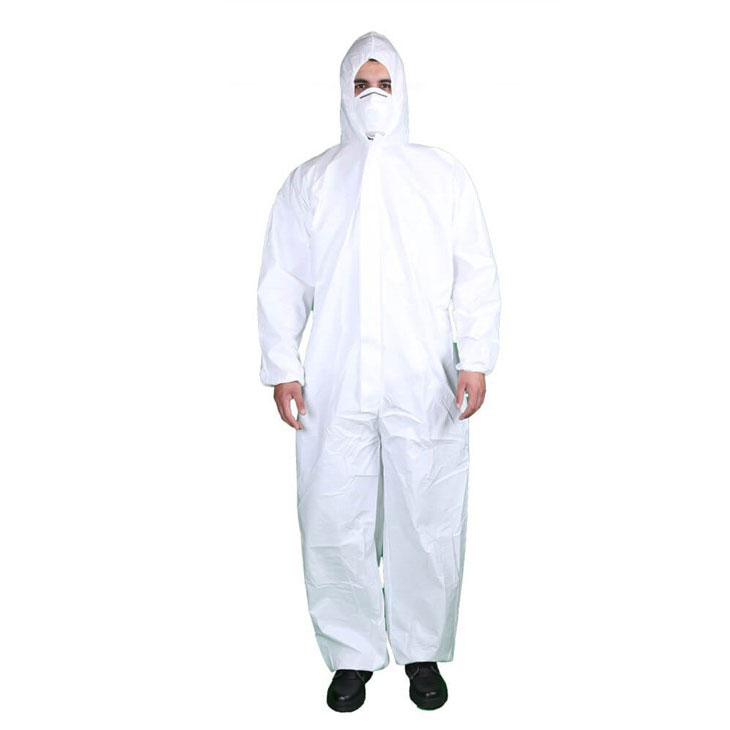Hazardous Materials (HAZMAT) suits are designed to protect the wearer from dangerous chemicals, biological agents, and radiation. The suits come in different colors, each with a specific purpose. HAZMAT suits are used by emergency responders, medical professionals, and researchers working with hazardous materials. Understanding the meaning behind the different colors of HAZMAT suits is crucial to ensure the safety of the wearers, as well as others around them.
Yellow chemical protection suits are generally used for chemical or biological materials that are not highly radioactive. These types of suits are commonly used by emergency responders to contain and clean up spills or chemical releases. Yellow HAZMAT suits are also used in medical facilities when treating patients with highly communicable diseases.

White protective suits are typically used in environments where radioactive material is present. These suits offer protection against alpha and beta particles, as well as gamma rays. White HAZMAT suits are commonly used by nuclear plant workers, researchers, and emergency responders in nuclear accidents.

Orange coverall suits are designed for environments where there is a risk of fire or explosion. These suits are made from a flame-resistant material to protect the wearer from heat and flames. Orange HAZMAT suits are commonly used by firefighters, as well as emergency responders dealing with flammable chemicals or materials.

Red HAZMAT suits are used in environments where there is a risk of exposure to biological agents such as viruses or bacteria. These suits are often used by medical professionals when treating patients with highly contagious diseases. Red HAZMAT suits are also used by emergency responders in situations where biohazardous materials are present.

Green HAZMAT suits are designed for use in environments where there is a risk of exposure to chemicals or biological agents, but there is no risk of radiation or fire. These suits are commonly used in laboratory settings, as well as by emergency responders dealing with hazardous materials.
The color of a HAZMAT suit is not the only factor that determines the level of protection it provides. Different types of materials and fabrics can be used to make the suits, depending on the specific needs of the wearer.
Regardless of the color or material, all HAZMAT suits are designed to provide a high level of protection to the wearer. They are also designed to be easy to put on and take off, as well as being comfortable enough to wear for extended periods of time.
In addition to the color, HAZMAT suits may have markings or symbols on them to indicate the level of protection they provide. For example, a suit with a biohazard symbol indicates that it is designed to protect against biological agents.
It is crucial for anyone working with hazardous materials to be trained in the proper use of protective suits. This includes putting them on and taking them off correctly, as well as understanding the specific hazards and risks associated with the materials they are working with.
The different colors of suits serve specific purposes and offer various levels of protection to the wearer. Understanding the meaning behind the colors and markings on the suits is crucial to ensure that the wearer is adequately protected from hazardous materials. Proper training and education are essential for anyone working with hazardous materials to ensure they can use HAZMAT suits correctly and safely.


